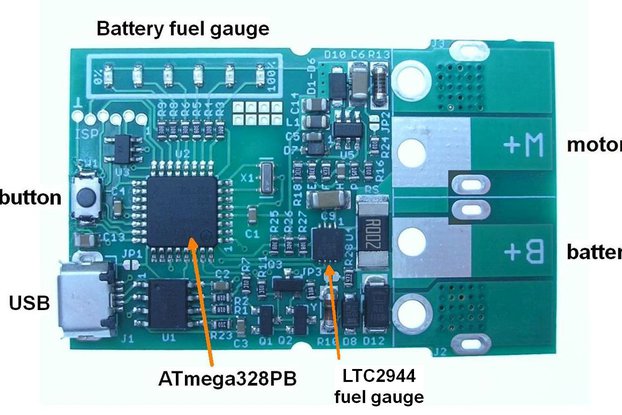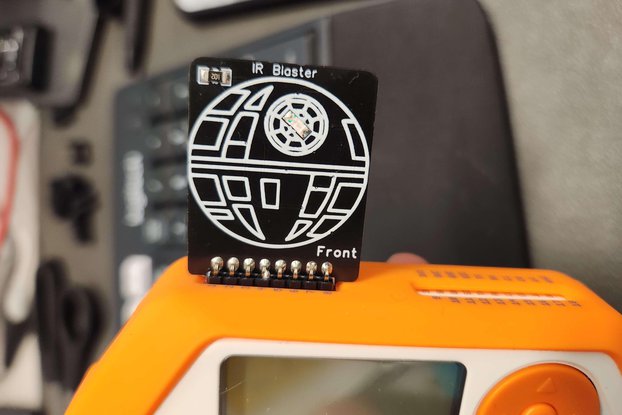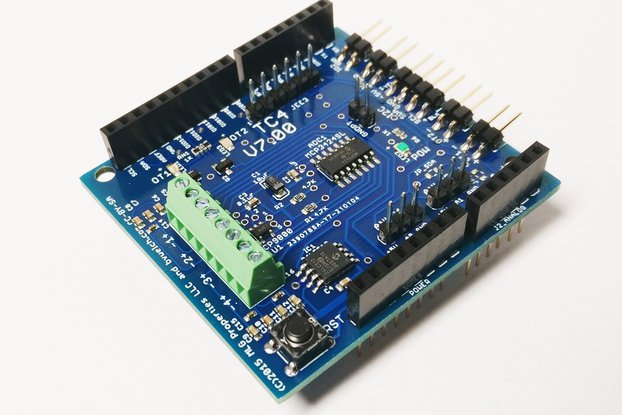This will be an updated version of the PCB, with more output gain, a V/o calibration trimmer, and possibly more additions!
Sold By pucktronix
This product is no longer available for sale.
The seller may be offering an improved version or it may be hanging out on the beach, enjoying the retired life.

$69.00
Free Shipping!

$32.99
Free Shipping!

$55.00
Free Shipping!

$47.95
Free Shipping!
Some video demos: http://www.youtube.com/watch?v=600VLAokojw http://www.youtube.com/watch?v=1CGQeakFUgo http://www.youtube.com/watch?v=5vUKErutlv0 http://www.youtube.com/watch?v=toClSwwSqUg The tabul…
Read More…Some video demos:
http://www.youtube.com/watch?v=600VLAokojw
http://www.youtube.com/watch?v=1CGQeakFUgo
http://www.youtube.com/watch?v=5vUKErutlv0
http://www.youtube.com/watch?v=toClSwwSqUg
The tabulaRasa is a digital wavetable oscillator with voltage control of frequency, waveform selection, and the amount of interpolation between waveforms. The tabulaRasa consists of two components: a hardware synthesis module which can integrate into a modular synth system, and a software application which allows the user to create their own custom waveforms. These waveforms are then transferred from the computer to the tabulaRasa module through a standard SD card slot. A wavetable oscillator is a standard technique in computer music. The oscillator uses a counter (ramp wave) to read a memory array. The array is filled with pre-computed samples of the desired waveform. The memory index being read increases with the counter, and resets when it reaches the end of the array.
The tabulaRasa hardware module has three potentiometers and three control voltage inputs for each of the control parameters (frequency, waveform selection, and interpolation). The control voltage inputs expect a voltage range of +/- 5V, and the board requires a +/- 12V power supply. The potentiometer for each setting selects a midpoint from which the corresponding voltage input diverges.
The tabulaRasa software application allows users to create waveforms in three distinct ways: through manipulating breakpoints to set sample amplitudes, adjusting the strength of various harmonics, or by loading audio samples.
The first method, manipulation of breakpoints, allows the user to adjust 16 breakpoints of a waveform. Each breakpoint is represented by a slider, which can be raised or lowered with the mouse. The points between those breakpoints are interpolated, and there are six user-selectable interpolation types: linear, sigmoid, cosine, circular, exponential, and “Decimated" (a simulated bit reduction algorithm).
The harmonic method uses the same sliders as the breakpoint method, but instead uses the sliders to represent the amplitudes of 16 harmonically-related sine waves. From left to right, the sliders climb the harmonic series, and a harmonic will become more prominent as its slider is raised from the bottom of the screen. The waveform which results from these mixed waveforms is displayed.
Finally, using the “Load Sample” option, the user is presented with a file dialog box from which a short audio file can be selected. The Adventure Kid Waveform pack works perfectly, and is made up of 4300 free single-cycle waveforms.
Note: This fundraiser is for PCB/Microcontroller sets only, not complete kits.
By clicking Register, you confirm that you accept our Terms & Conditions
We recognize our top users by making them a Tindarian. Tindarians have access to secret & unreleased features.
We look for the most active & best members of the Tindie community, and invite them to join. There isn't a selection process or form to fill out. The only way to become a Tindarian is by being a nice & active member of the Tindie community!
